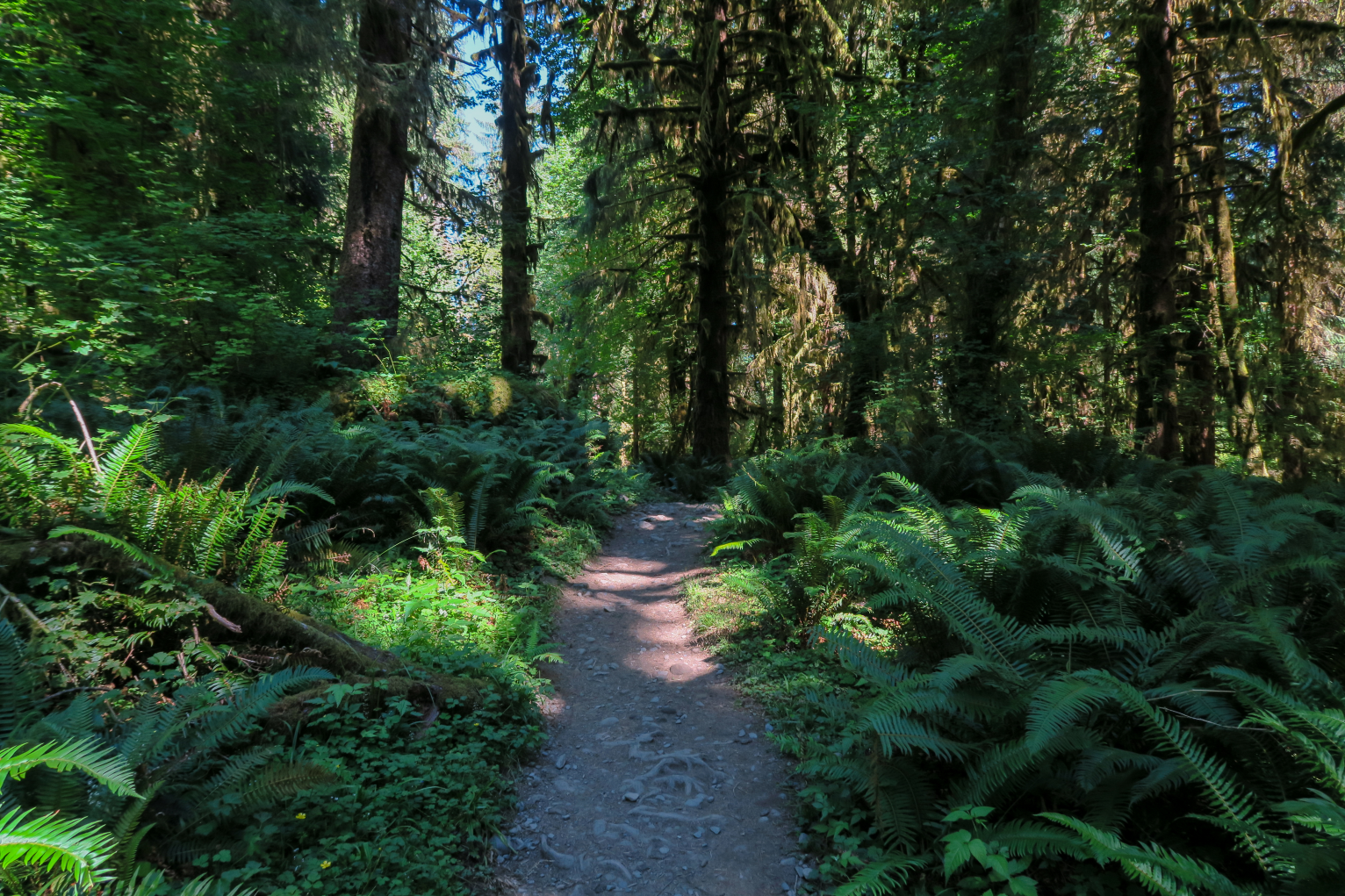7/30/2017
Today Jane and I headed to the southwestern side of
Olympic National Park to see its two other ecosystems: the coniferous temperate
rainforest and the rocky Pacific coast.
 |
| The Olympic Mountains are swathed in clouds instead of smoke, for once. |
We headed first to the coastline, targeting the
supposedly spectacular tide pools of Ruby Beach. I made sure to show up right
before low tide so I had plenty of time to see both the outgoing and incoming
organisms in the pools.
I suppose I had imagined tide pools such as those found
in Maine, where they are literal small rocky pools formed in depressions in the
rocks themselves. Instead, I found a series of connected tidal channels wending
between rocks along the coastline, forming pools in areas where the presence of
a deeply embedded rock had caused sediment to be eroded and piled up elsewhere.
These connected channels and pools are strongly influenced by wave action even
at low tide, unlike other pools which may be completely disconnected from the
ocean at times. As a result, they are full of filter-feeding and
suspension-feeding organisms, particularly barnacles and sea anemones. These
animals sift nutrients out of the waters as they come in and flow back out, so
these protected but wave-washed rocky niches are a perfect place for them to
hang out.
 |
| The green anemones look like alien kiwis when they're not in the water. |
 |
| There's about 10 hermit crabs in this photo messing around with the anemones. |
 |
| My favorite kind of anemones - these ones were smaller than the green ones. |
I wandered along the coastline for a while, checking out
all of the neat coastal animals and enjoying the sun. Here in the Pacific
Northwest, mists sweep along the beach, resisting the heat of the day and
delivering cool refreshment to those finding themselves a bit warm. Thick old
growth forest presides over the beach, watching over the sand and stone and the
skeletons of their fallen. The driftwood here is not as you would see on the
East Coast: instead of small chunks of worn-down wood washing up onshore,
entire tree trunks, frequently complete with branches and roots, are thrown as
far up the beach as they’ll go, bleached white as bone. It’s a fascinating
place to explore.
 |
| Misty! |
Eventually, the tide started to come back in, submerging
the pools again and creeping its way back up the beach. I headed inland a few
miles to the Hoh Rainforest, marveling at the rapid transition from the coast
into temperate rainforest. Gone were the wind-swept, twisted, hardy trees of
the coast, replaced by ancient giants draped in moss.
Though the trees here are not redwoods, hundreds of years
of uninterrupted growth have allowed them to reach a comparable size. This
region sees the most rainfall in the continental United States, making it ideal
for an abundance of water-loving mosses and ferns. Many mosses hang from the
trees, living on the moisture in the air alone, while the ferns colonize the
deep loam of the forest floor. The result is a Jurassic Park-like world, all
oversized mossy trees and shaded fern-filled glades and rushing streams edged
in brilliant green lush growth. A distinctly primeval feeling hangs in the air,
a gravity that forces you to take notice, reminding you how very young and
small you are. This is old growth forest at its best.
 |
| Even the streams are full of plant life. |
 |
| This tree is growing on top of the stump of another tree. |
 |
| A ranger gives a talk about the different mosses seen on the trees here |
 |
| Some neat shelf-like mushrooms |
 |
| These trees rooted on a "nurse log", which then decayed out from under them, leaving only their roots as a reminder. |
I hiked the Hall of Mosses and part of the Hoh River
Trail, reveling in the wild, ancient feel of the forest. Though there are
apparently elk in the area, I only saw smaller animals, most stripping cones
and hiding away caches of seeds. I did see a little snake, which I mistook for
a root until it scrambled to get out of my path. This forest is different from
tropical rainforests in its… stillness, for lack of a better word. Where
tropical rainforests are vibrant with the sounds and sights of brightly colored
birds, insects, and other animals, this temperate rainforest strives for a
uniformity of earthiness in both its plants and animals, all browns and grays
with splashes of green, muted and subdued. Life here is not rushed and frenzied
as in its tropical counterparts, instead preferring a more sedate pace. It is
impossible to walk this forest and not find oneself calmed.
The waning evening light finally called me back to the
present, alerting me to the time and my need to get back to camp. The only
problem – if it could be called a problem, which it really isn’t - with Olympic
National Park is the vastness of its uninterrupted wilderness, which dictates
that you must circumnavigate the entire perimeter of the park to get back to
town. It’s a 2.5 hour drive back, which caused me to then have to make dinner
in the dark at 9 PM. Oops.
So now here I am, settling back in my chair to enjoy the
cool breeze of the Olympic peninsula for one last night. Tomorrow I’ll head
back to the mainland and onwards to Mount Rainier. Until then… Kelly signing
out.





























No comments:
Post a Comment